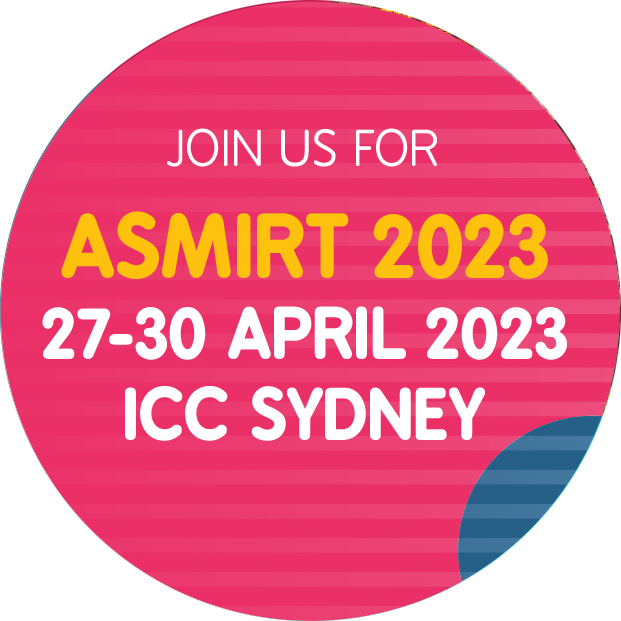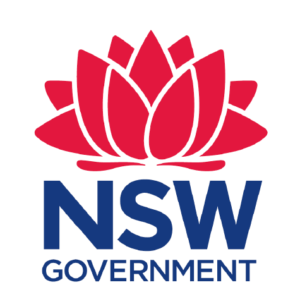You are a radiation therapist, educator, researcher and an editor-in-chief. Can you explain your career progression?
I started working in the mid 1980s in the UK and Europe, my qualification was a Diploma of the College of Radiographers – a hospital-based qualification that was mainly focussed on technical skills. After a few years (and a move to Canada!) I upgraded my diploma to a Bachelor of Science and realised how much I enjoyed doing research, especially in the qualitative domain. I’d also been doing some volunteer teaching in my department (I was a CPR instructor for many years) and wanted to do more of that, so I became a clinical educator, focussed on staff competency and professional development. I did a research-based master’s degree in my 30s and then moved more into leadership roles in professional practice where my research focus broadened into issues of professional identity, advanced practice and patient care. I am currently teaching undergraduate research at the University of Alberta, which is a nice combination of my interests.
My doctorate was a later-in-life luxury where I interrogated issues relating to my own identity as a lesbian and how that had intersected with patient and professional relationships. I continued to research how oncology healthcare professionals manage their sexual orientation and/or gender identities at work (spoiler: it’s complicated!) as part of a post-doctoral fellowship with the University of Toronto and Princess Margaret Hospital. I’m also an advocate for better and more inclusive health care for LGBTQ2S+ people, in particular those affected by cancer. During my doctorate I co-founded Queering Cancer, an organisation that provides support and resources to this community.
I’ve always been very much involved with local and national professional associations as a volunteer. I am a Fellow and Past President of the Canadian Association of Medical Radiation Technologists (CAMRT) and have been serving as the Editor-in-Chief of the Journal of Medical Imaging and Radiation Sciences (JMIRS) for the past three years. I love to be able to advocate for issues like patient inclusion, diversity and the narrative voice in our profession and it’s a privilege to work with such a dedicated and passionate international group of people.
Having been involved in many research projects during your career, what project stands out for you as one that has contributed greatly to patient education and/or supportive care?
I’m going to cheat and pick three as they are all in very different areas and have had subsequently different impacts.
The first ‘product’ of my master’s in the early 2000s was a look at how Ontario radiation therapists defined advanced practice with a series of interviews across the province. (Bolderston A. Advanced practice perspectives in radiation therapy. Journal of Radiotherapy in Practice 2004;4:57–65.) I’d been very interested in how advanced practice was developing in the UK but there was no research at the time into what that might look like in Canada. This baseline work helped evidence the need and willingness for advanced practice in Ontario and was useful in the beginning of our work with the Ontario government and CAMRT to develop Canadian advanced practice roles.
One of my favourite co-authored patient-focussed papers is about caring. (Bolderston A, Lewis D, Chai MJ. The concept of caring: perceptions of radiation therapists. Radiography 2010;16:198–208.) I think it was a bit ahead of its time in defining how radiation therapists conceptualise caring for patients. We consistently say that caring is at the heart of what we do as practitioners, but there is surprisingly little research about it. The paper has been cited a few times recently in people’s doctoral work, which I think is fantastic.
Finally, a more recent co-authored paper stemmed from my interest in improving LGBTQ2S+ healthcare inequities. (Bolderston A, RalphS. Improving the health care experiences of lesbian, gay, bisexual and transgender patients. Radiography 2016;22:e211.) This was the first medical radiation practitioner paper to discuss this issue from our professional perspective and it got quite a bit of flack in the review process! I hope that it started some conversations and has had an impact in improving care.
As the Editor-in-Chief for the Journal of Medical Imaging and Radiation Sciences, what do you actually do?! Can you give us an insight into the role?
The JMIRS is very much a team effort. I work with an editorial board and associate editors as well as the peer reviewers that put in many volunteer hours to give authors feedback. I also work with a deputy editor, Dr Mark McEntee, and we are all supported by the managing editor, Carly McCuaig. On a day-to-day basis I look at submissions for suitability and assign associate editors to manage them as well as dealing with concerns arising from the editorial process (e.g. ethical issues and review conflicts).
More strategically, Carly, Mark and I make decisions about the content of future editions, special issues and their associated guest editors, partnerships with other professional associations, new submission categories, new board members, revising website content and other issues. We also regularly meet with the editorial board to make sure workloads are manageable and to solicit ideas for improvement and content. I write editorials for each issue, select top papers and reviewers annually, and occasionally write papers myself (e.g. two ‘how to get published’ guides written with Andrew Murphy).
As EIC I also meet with potential authors and provide mentorship and initial editing if needed. We have a great social media manager, Amanda Er, and we meet with her to plan social media content across JMIRS profiles on Twitter, LinkedIn and Facebook (although the flavour and the humour of our posts are all her!). I chair a narratives group that meet regularly to review submissions from that category, liaise with CAMRT and we regularly meet with our patient partner Lelainia Lloyd as she is an invaluable source of expertise and support. Oh, and we also do podcasts!
As Past President of the Canadian Association of Medical Radiation Technologists, what do you think are the most emerging challenges and developments for medical radiation practitioners in Canada?
In terms of challenges, I think top of mind for everyone here are staffing shortages and the lingering effects of the (not yet over) pandemic. The past few years have shown us how our work cultures and practices are often at odds with good mental (and physical) health. The pandemic has exacerbated previous pressures and brought the problems associated with our neoliberal approach to health care into sharp relief. Health human resource issues are, and will continue to be, a problem. In my field of radiation therapy some parts of the country are seeing record numbers of vacant positions, along with needed growth in infrastructure to deal with the growth in cancer cases and increased complexities of treatments. These difficulties are also being felt in imaging, with long waitlists and sicker patients. Overall system pressures and lack of primary care in many places mean more patients in emergency rooms risking poorer health outcomes.
Our educational institutes are often constrained by available clinical places for students, so we need to figure out a way to bring more people into the profession, look at alternative entry to practice models as well as provide better support for people currently working.
You are a passionate researcher and advocate for queer, trans and non-binary patients affected by cancer. As one of co-founders of the website Queering Cancer, can you tell us about this initiative and how you hope to transform cancer care for the LGBTQ2S+ community?
The organisation was developed as part of a granting opportunity by the Canadian Institutes of Health Research as a knowledge translation initiative. Many cancer services and resources are oriented to heterosexual and cis-gendered people and there is a well-documented lack of cancer-related information and supports for the LGBTQ2S+ community. To further compound the problem, there is ample evidence that many healthcare providers do not feel knowledgeable about community health needs. As a consequence, LGBTQ2S+ patients and their loved ones are less satisfied with information and resources provided around diagnosis and subsequent care.
Queering Cancer includes a website (QueeringCancer.ca) and a social media outreach campaign (@QueeringCancer on Instagram and Twitter). We address this knowledge, information and education gap and endeavour to transform cancer care for the LGBTQ2S+ community by improving research, resources and support for patients, families, caregivers and healthcare professionals. After almost two years, we’ve had strong uptake for the educational aspect of caring for/supporting patients (especially in terms of healthcare professional education) and we’ve developed partnerships with other cancer advocacy groups as well as the development of a supportive network with patients and their loved ones.
How do you think medical radiation practitioners in Australia could champion for the LGBTQ2S+ consumers of our services?
There are a lot of ways! The first would be to educate yourself (if you need to) about the challenges facing the LGBTQ2S+ community. Take a course or do some reading about the effects of health inequities and learn some basic terminology and concepts (e.g. pronoun use) The Queering Cancer website has a list of several low cost and free educational opportunities. The second big one would be – don’t make assumptions! You can’t tell your patient’s sexual orientation or gender identity by looking at them. Use non-gendered language when possible, ask the patient how they would like to be addressed and listen to the terms your patient uses to describe themselves, their relationships (if they have someone with them) and their body parts. If you’re lucky, your department’s electronic medical record, intake forms and processes will be inclusive (e.g. having a place for the patient’s preferred name, pregnancy verification policies that don’t assume only women can be pregnant and recording a patient’s pronouns). Finally, I would say be an ally and advocate. If you see something that could be improved at work (such as non-inclusive policies, forms and processes), speak up and let your manager know, or join a workplace equity, diversity and inclusion group, use your pronouns on a Zoom call – the possibilities are endless!




Please feel free to contact us if you need more information
Phone: +613 9419 3336
Email: conferences@asmirt.org